Vibe hacking, a term that might sound whimsical at first, is quickly becoming a term of genuine concern in the AI domain. As artificial intelligence technologies develop at a staggering pace, so do the innovative, often unforeseen, ways they can be manipulated for malicious purposes. Vibe hacking represents one of the latest threats in this arena, where the perception of reality itself can be distorted.
Vibe hacking involves the subtle manipulation of public perception and sentiment through AI, particularly using algorithm-driven media content. It is a sophisticated form of misinformation that transcends traditional fake news. Unlike typical misinformation where the objective is to mislead with false data or claims, vibe hacking aims to alter the overall emotional atmosphere or “vibe” of information consumed by users. It creates a skewed narrative that appears credible while subtly shifting public perception in a direction favored by those controlling the AI.
On a technical level, AI systems analyze social media patterns, trending topics, and news content to understand the public pulse. From there, they leverage this understanding to produce or modify content that resonates emotionally with users while directing sentiment subtly towards a desired outcome. This can range from altering advertisements to sway consumer behavior to influencing political narratives subtly.
The main concern is that vibe hacking is not about outright lying but controlling the subtleties of truth and emotion. It uses small shifts in language, tone, and context. These shifts often go unnoticed but can have massive cumulative effects.
The potential impacts of vibe hacking are enormous. By influencing large groups subtly and persistently, hackers can drive societal changes, disrupt political landscapes, and even impact national security. It may sound like science fiction, but the reality is that digital ecosystems are now fertile ground for emotion-based manipulation.
Imagine a scenario where vibe hacking is used to amplify divisions on social issues, inciting unrest or even changing the outcome of elections. It raises serious concerns about democracy and free will, where choices may no longer be made entirely independently because underlying narratives have been influenced without users’ awareness.
Furthermore, vibe hacking’s precision eludes traditional detection methods aimed at finding misinformation. Because the changes are subtle and contextually woven into credible content, automatic filters and flagging systems struggle to catch these manipulations. It demands a paradigm shift in how digital security and content authenticity are approached.
To counter the threats posed by vibe hacking, multiple levels of defense need to be established. It starts with advancing AI detection methodologies that not only identify fake news but also understand emotional narrative patterns. Awareness at the individual user level is also crucial; people need to be better educated on how information consumption impacts their perceptions and decisions.
Collaboration between governments, tech companies, and researchers is another vital step, as vibe hacking crosses international borders and legal jurisdictions, often existing in a digital gray area with little accountability. Laws and regulations must evolve to respond to these new challenges without stifling innovation.
Additionally, fostering a public discourse about vibe hacking is essential. People must become aware of this phenomenon to critically engage with content they encounter. The future of information credibility and human autonomy may very well depend on the ability to discern and resist the subtle manipulations of vibe hacking.
In conclusion, while vibe hacking might still be in its nascent stages, its potential to alter reality perceptions cannot be underestimated. As AI continues its rapid advancement, understanding and mitigating its darker uses becomes imperative. The challenge is not simply technical but also deeply ethical and societal.
Cyber Security
The Rise of ‘Vibe Hacking’






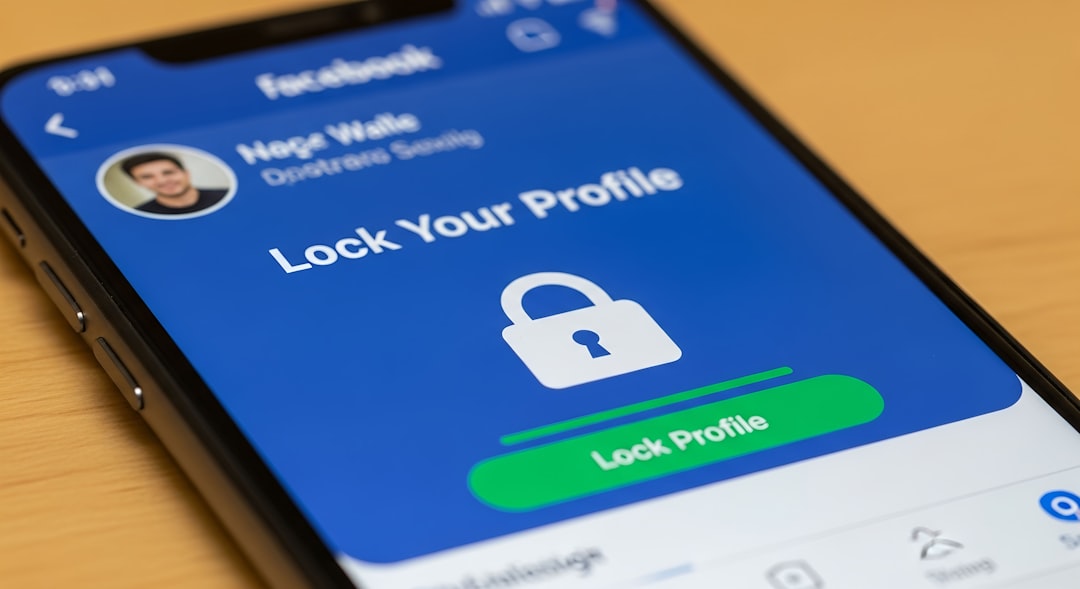

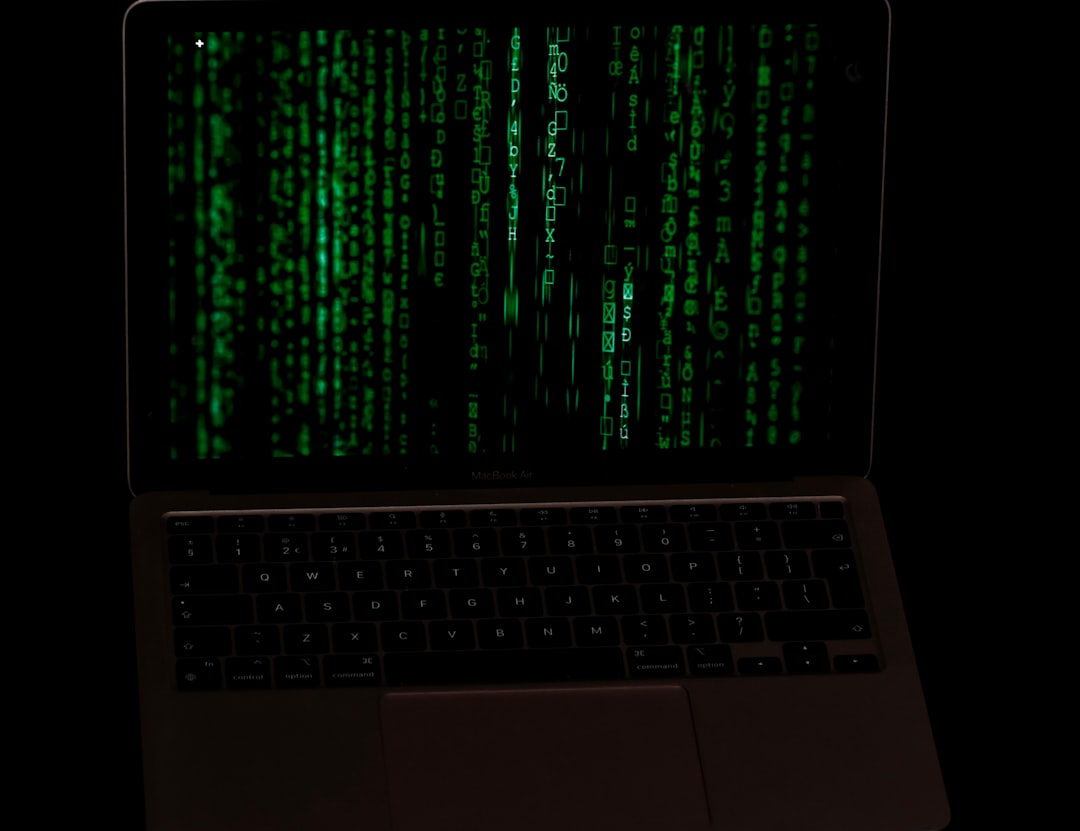
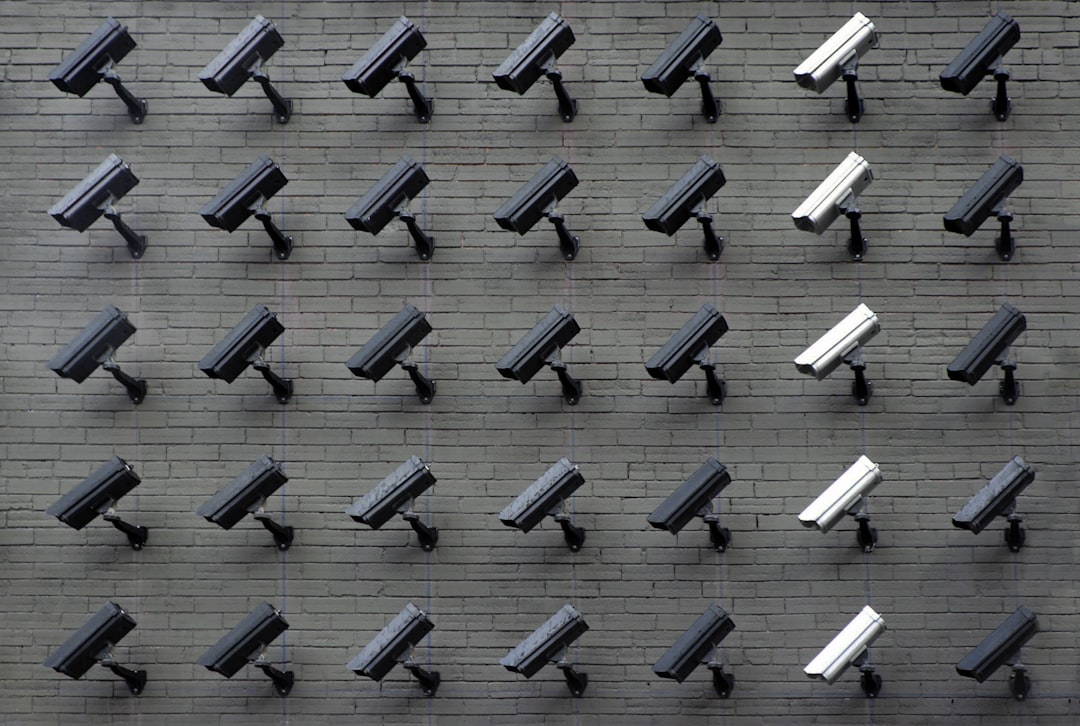

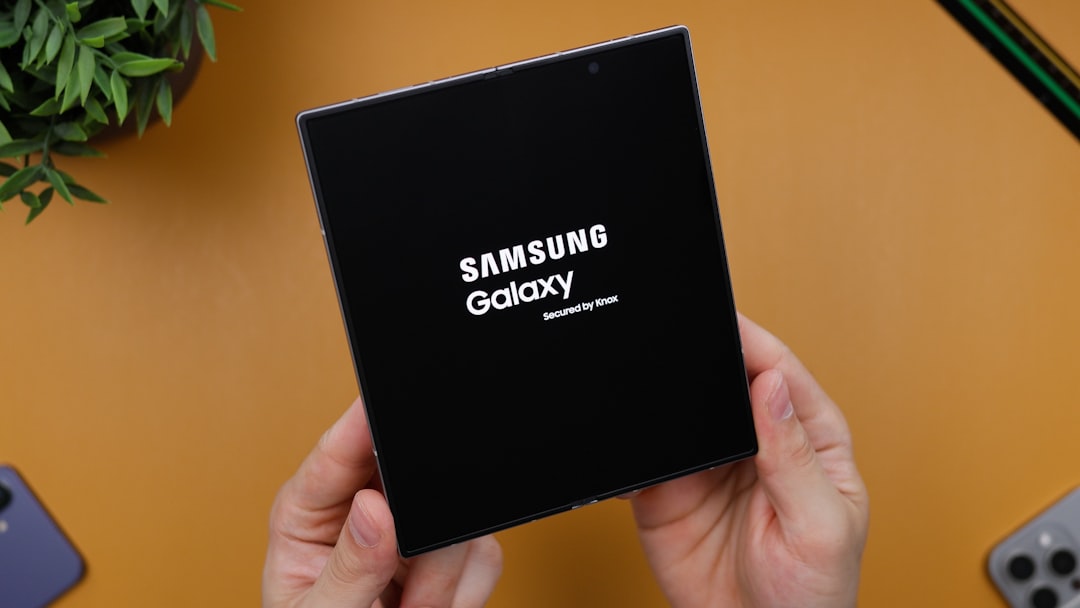

Leave a Reply